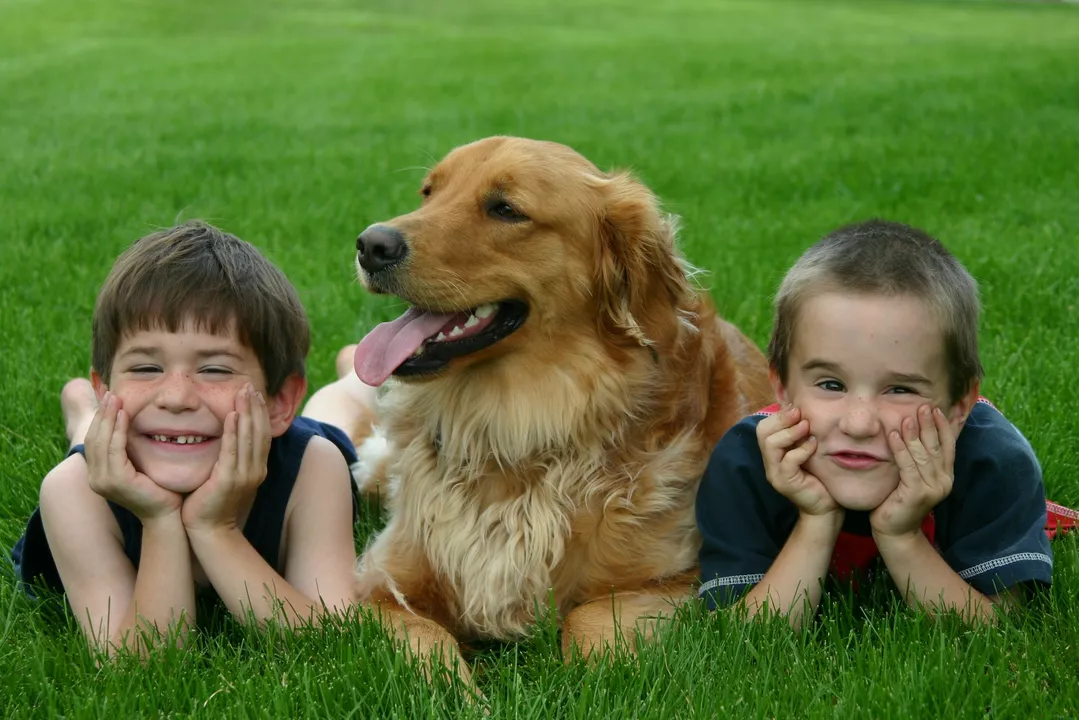Behavior disorders: how to spot them and what to do
Behavior problems are often dismissed as attitude or bad parenting, but they can be signs of a real disorder that needs simple, focused care. Whether you’re a parent, partner, or friend, knowing what to look for and what steps to take makes a big difference. This page gives straight answers: clear signs, realistic treatments, and quick tips you can use today.
What to watch for
Behavior disorders show up differently by age, but a few clear patterns matter. Kids with ADHD often struggle to focus, sit still, or follow directions. Oppositional defiant disorder (ODD) shows as frequent arguing, blaming others, and defiance toward authority. Conduct disorder includes more serious acts like theft or aggression. Obsessive-compulsive disorder (OCD) looks like repeated rituals or uncontrollable intrusive thoughts that disrupt life.
Look for change: sudden drops in school, new anger or withdrawal, lost interest in friends, or risky behavior. If a pattern lasts weeks and affects daily life, don’t wait.
Practical steps: diagnosis, treatment, and daily help
Start with your primary care doctor or a mental health professional. A proper assessment often includes questionnaires, reports from teachers or caregivers, and a medical check to rule out sleep problems, hearing issues, or medication side effects. Diagnosis is a tool to get the right support—not a label to limit someone.
Treatment usually combines talk therapy and practical supports. Cognitive behavioral therapy (CBT) helps with thinking patterns and reactions. Parent training teaches clear routines and consistent consequences. Schools can offer accommodations like extra time or behavior plans. Medications can reduce symptoms—stimulants for ADHD or SSRIs for OCD—but they work best with therapy and structure.
If medication is part of the plan, be cautious about where you get it. Use licensed pharmacies and check with your provider before ordering online. Articles on our site cover safe online pharmacy picks and how to avoid scams if you need a refill or therapy medication.
Simple daily strategies help a lot: keep routines predictable, break tasks into small steps, use timers and checklists, and praise specific behaviors right when they happen. For teens, involve them in problem-solving—ask what works and what doesn’t.
When to get urgent help: if someone threatens harm, shows severe withdrawal, or can’t manage basic self-care, contact emergency services or a crisis line immediately.
Behavior disorders are manageable with the right plan. Talk to a professional, build small consistent routines, and use trusted resources when you need medication or specialist care. If you want, check our guides on OCD strategies, medication safety, and finding reputable online pharmacies for practical next steps.

The role of pets in helping children with behavior disorders
As a parent of a child with behavioral disorders, I've witnessed firsthand how pets can play a vital role in helping children cope and manage their challenges. Not only do pets provide unconditional love and companionship, but they also teach responsibility and empathy. The bond that forms between a child and their pet can significantly reduce stress and anxiety, leading to improved behavior and emotional regulation. Additionally, pets can serve as non-judgmental and supportive companions, helping children develop social skills and confidence. In my opinion, pets can be invaluable therapeutic tools in the lives of children with behavior disorders.
